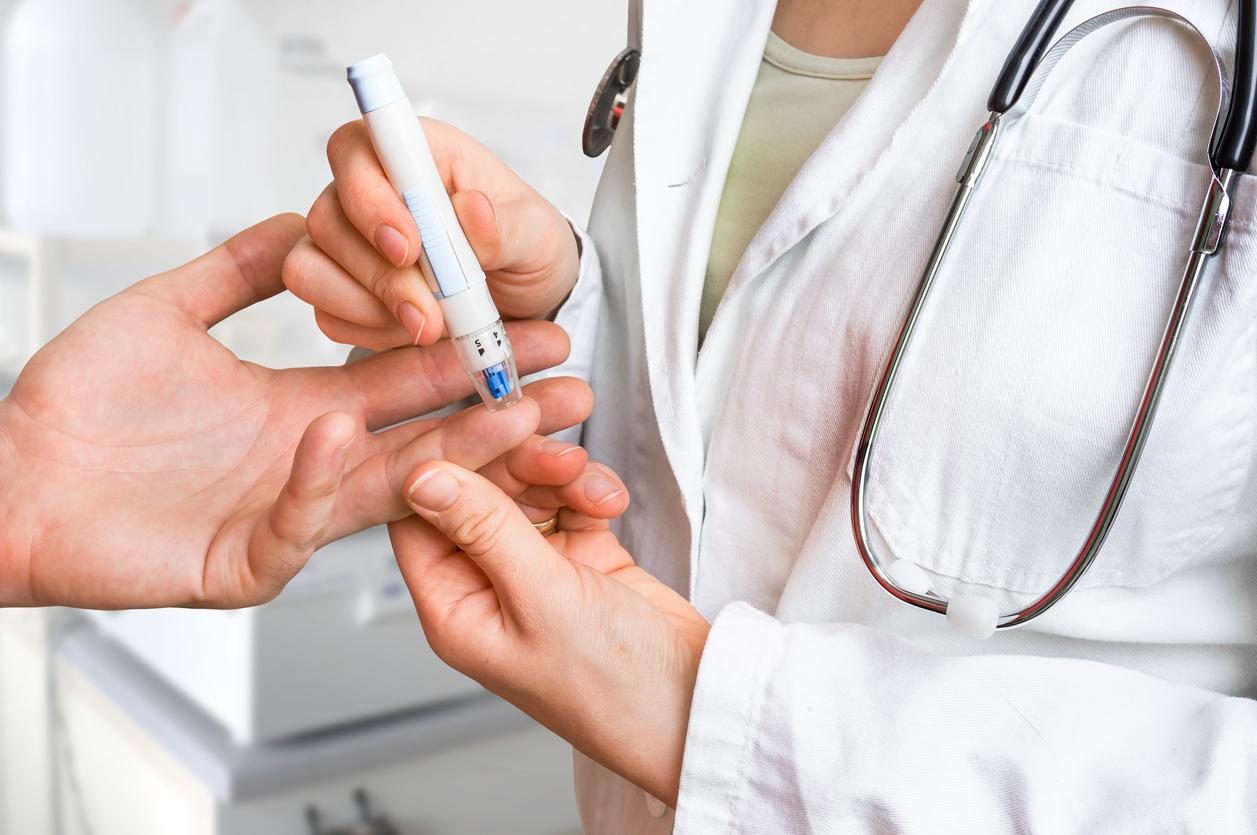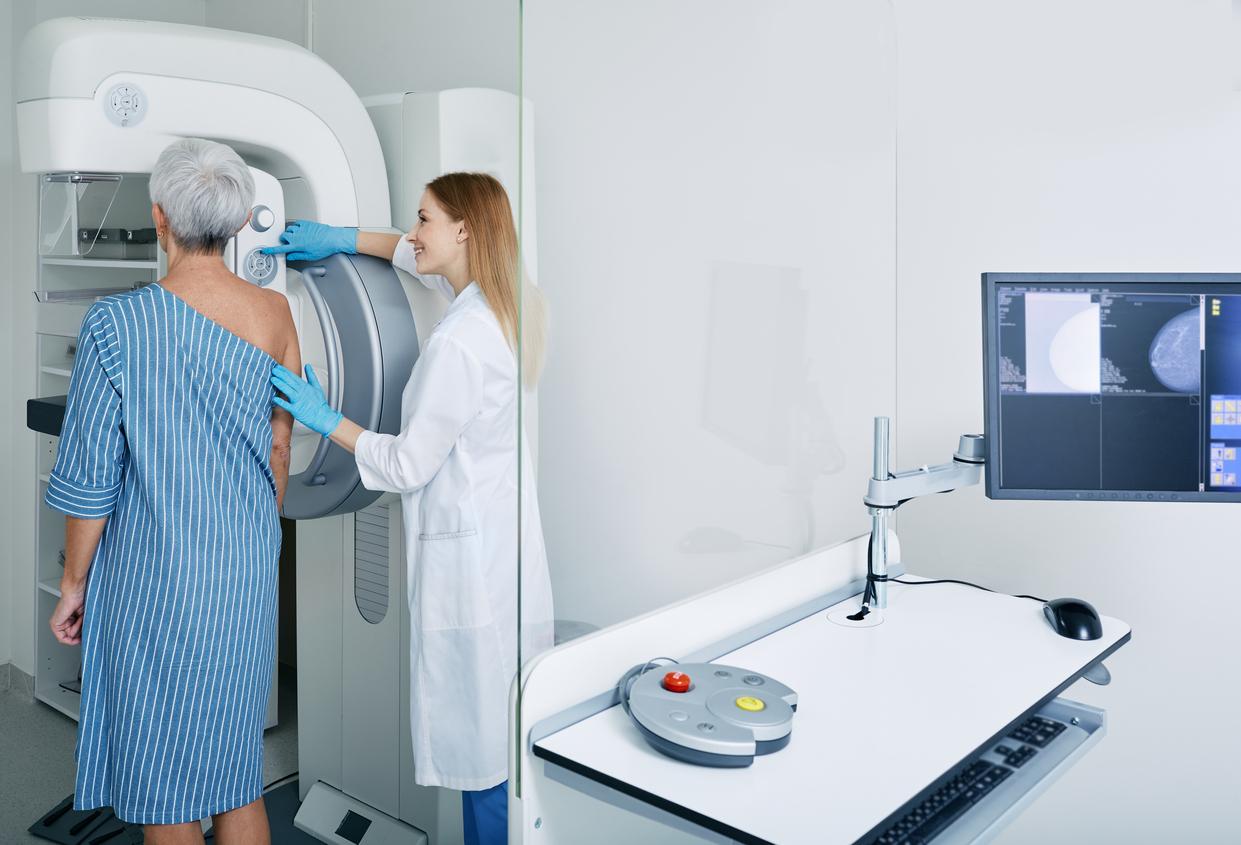Researchers have developed a blood test which, through the analysis of two biomarkers, could reliably predict the risk of type 2 diabetes incurred by patients.

- While more than 450 million people are affected by type 2 diabetes worldwide, including 4 million in France, researchers have just developed a new method to better predict the diabetic risk incurred by a patient.
- Thanks to the monitoring of thousands of patients, they have developed a blood test based on the analysis of two inflammatory biomarkers: the hsCRP protein, combined with another biomarker of the disease called “monocyte/high density lipoprotein ratio”, or MHR.
- If many factors, such as age, sex or even hypertension, already make it possible to anticipate possible type 2 diabetes, the joint analysis of MHR and hsCRP, rather than individual, has considerably improved the disease prediction, scientists say.
Type 2 diabetes, which affects 90% of people with diabetes, is a chronic disease characterized by excess sugar in the blood. While more than 450 million people are affected by it worldwide, including 4 million in France, a team of scientists has just developed a new blood test that could predict the diabetic risk incurred by a patient. And thus treat the disease and its possible complications early. His work has been published in the Journal of Translational Medicine.
Biomarker analysis to predict type 2 diabetes risk
So far, “the most commonly used inflammatory biomarker currently used to predict type 2 diabetes risk was high-sensitivity C-reactive protein (hsCRP)”can we read in a communicated. Except that, according to recent work, this would not be sufficient. Researchers at Edith Cowan University in Australia have therefore developed a blood test based on the analysis of two inflammatory biomarkers: the hsCRP protein, combined with another biomarker of the disease called “high monocyte/lipoprotein ratio”. density”, or MHR.
To do this, researchers followed more than 40,000 non-diabetic adults over a period of ten years, during which approximately 4,800 of them developed type 2 diabetes. However, they observed that, in sick patients, the two biomarkers increased significantly. “Concomitant increases in hsCRP and MHR presented significantly higher incidence rates and risks of diabetes, explains researcher Dan Wu, who led the study. The two cumulative biomarkers were both independently and jointly associated with increased risk of type 2 diabetes.”

The role of chronic inflammation in early onset diabetes
If many factors, such as age, sex or even hypertension, already make it possible to anticipate possible type 2 diabetes, “the addition of MHR and hsCRP to the clinical risk model significantly improved disease prediction, continues Dan Wu. Our results support the role of chronic inflammation in the early onset of diabetes. In this sense, they therefore deserve special attention.”
The study reminds us that it is also possible to prevent the early onset of type 2 diabetes through a healthy lifestyle, characterized by a balanced diet with little sugar, adequate sleep, or even low chronic stress.















